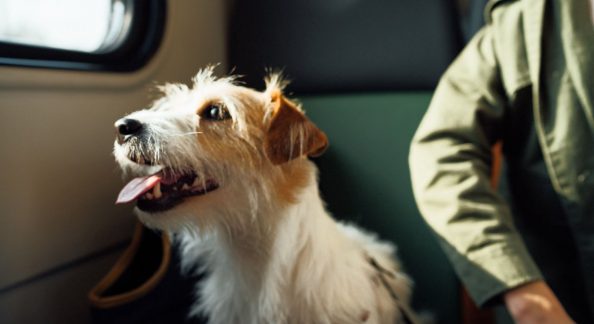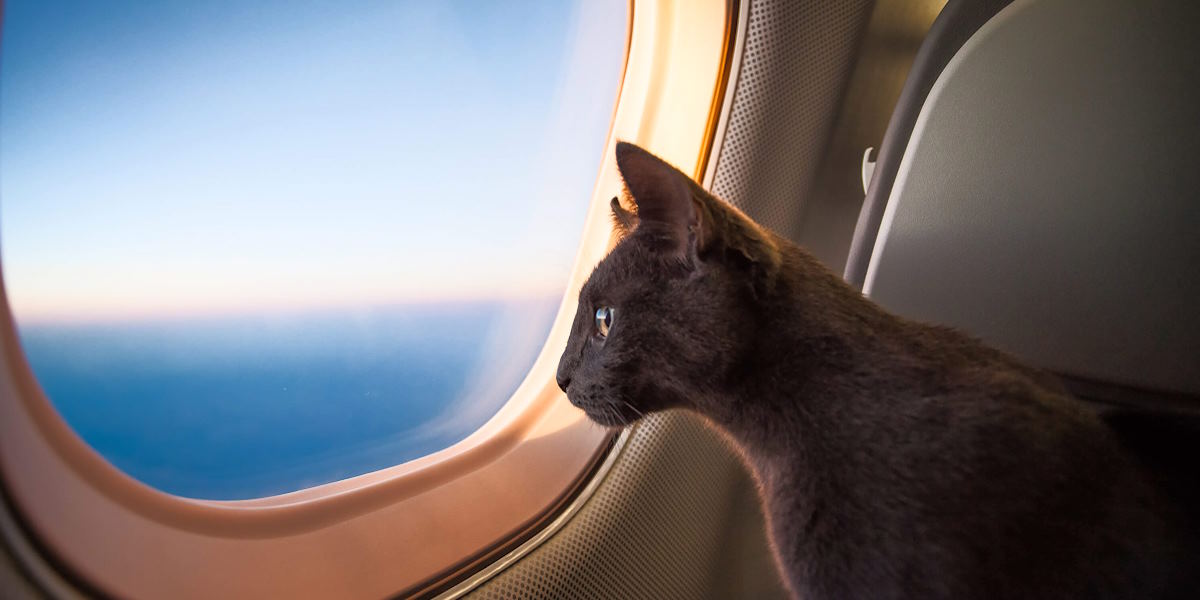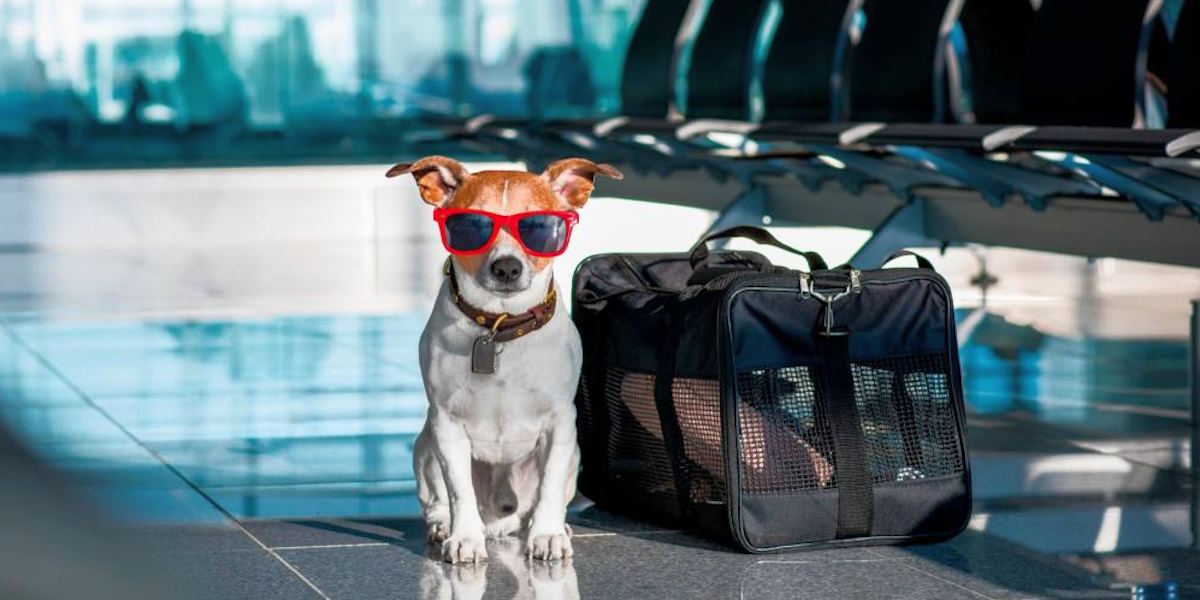How to Travel With Pets: A Complete Guide

Traveling with your pet can feel like preparing for a mini family vacation, can’t it? It’s not just about packing a suitcase for yourself but making sure your furry companion is ready for the trip too. Whether you’re hitting the road, flying to a new destination, or hopping on a train, bringing your pet along adds a whole new level of adventure (and responsibility!). So, how do you make the journey smooth for both you and your pet? Let’s dive into some simple tips to ensure your next trip with your four-legged friend is as enjoyable as possible!
Choosing the Right Mode of Travel
By Car: Traveling by car is one of the most common ways people take their pets on the go. It’s like having a mobile home where you can make regular pit stops and ensure your pet is comfortable along the way.
- Safety First: Make sure your pet is secured using a pet seat belt, carrier, or pet barrier. This not only keeps your pet safe but also prevents distractions while driving.
- Comfort Stops: Pets need breaks too! Plan to stop every 2-3 hours to let your pet stretch their legs, use the bathroom, and drink some water.
- Temperature Control: Never leave your pet in a hot car. Always keep the AC on or crack a window if the weather permits.

By Plane: Flying with your pet might seem stressful, but with the right preparation, it can be a smooth experience. Think of it like flying with a baby—there are extra steps, but it’s totally doable!
- Airline Policies: Check the airline’s pet policies well in advance. Some allow pets in the cabin, while others may require them to fly in the cargo hold.
- Pet Carrier: Invest in a comfortable, airline-approved pet carrier. It should be spacious enough for your pet to stand and turn around but still compact enough to fit under the seat in front of you.
- Documentation: Most airlines will require proof of your pet’s vaccinations and a health certificate. Make sure you have these ready to avoid any last-minute headaches.
By Train/Bus: If you’re traveling by train or bus, be sure to research whether pets are allowed. Not all public transport options are pet-friendly, but many are becoming more accommodating.
- Research Pet-Friendly Options: Amtrak and some bus companies allow pets on board for short trips. Check their policies and any extra fees.
- Comfort Items: Bring along a blanket or toy to help your pet feel more at ease in an unfamiliar environment.
Packing Essentials for Your Pet
Packing for your pet is like preparing for a toddler—there’s a lot to consider, but having the right supplies will make all the difference. Here’s a checklist of the must-haves:
- Food and Water: Bring enough food for the entire trip, plus a bit extra in case of delays. Don’t forget a travel water bottle or collapsible bowl for easy hydration on the go.
- Identification Tags: Ensure your pet is wearing an updated ID tag with your contact information. Consider adding a temporary tag with your travel destination in case your pet gets lost.
- Leash and Collar: A sturdy leash and collar are essential, especially for restroom breaks and walks at your destination.
- Comfort Items: Pack your pet’s favorite toy or blanket to help reduce anxiety in new environments.
- Pet Waste Bags: Don’t forget the cleanup supplies. Waste bags and wipes are a must to keep things tidy during the trip.
Accommodations: Finding Pet-Friendly Lodging
Now that you’re on the move, where will you and your pet stay? Not all accommodations are pet-friendly, but with a little research, you’ll find there are plenty of options.
- Pet-Friendly Hotels: Many major hotel chains offer pet-friendly rooms, but it’s important to call ahead to confirm their policies. Some may have weight or breed restrictions, or extra fees for pets.
- Vacation Rentals: Airbnb and other vacation rental platforms often have pet-friendly properties. Look for listings that specify pets are welcome, and always check the house rules for additional information.
- What to Ask When Booking: Before making a reservation, ask if the hotel has pet-friendly amenities, such as designated pet areas, on-site pet sitting, or nearby walking paths.
Once you’ve arrived, it’s a good idea to set up a little “home away from home” for your pet with their favorite toys, bed, and food bowl to help them settle in.

